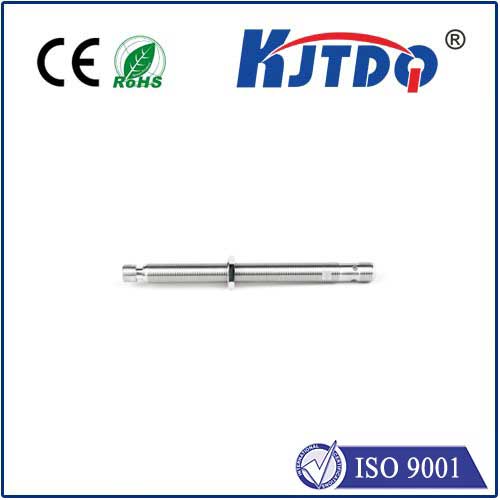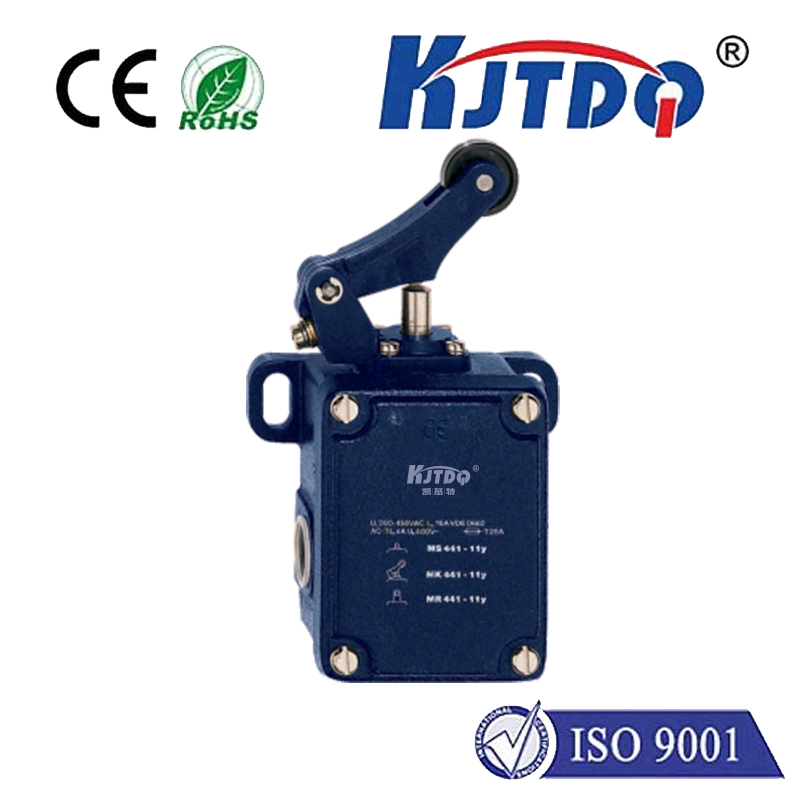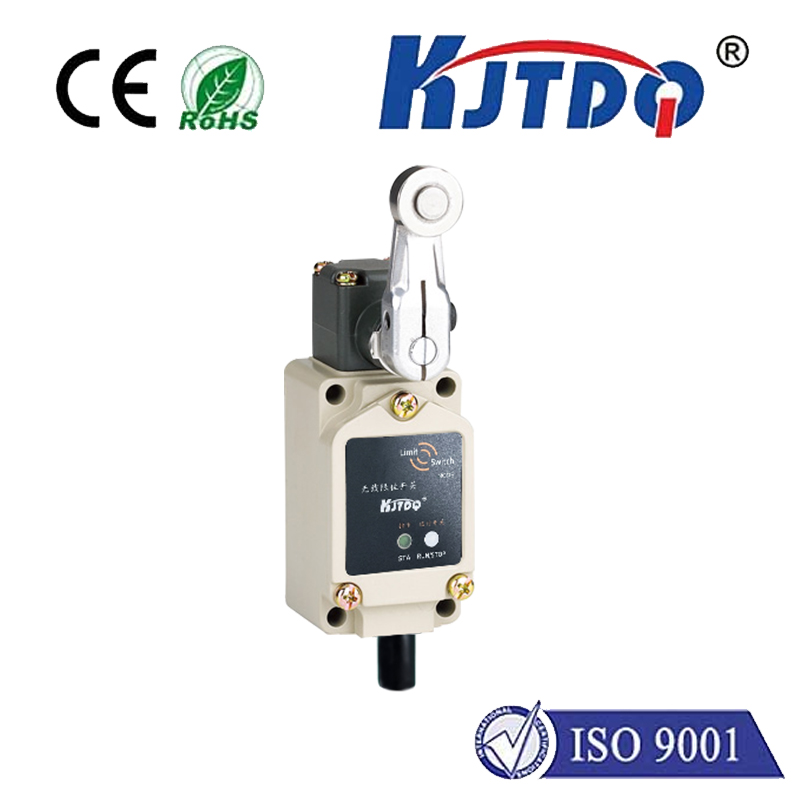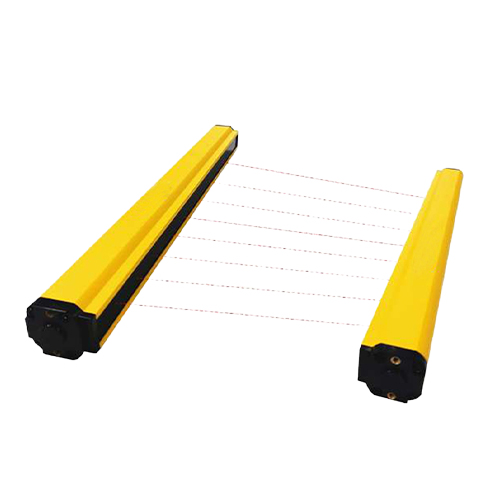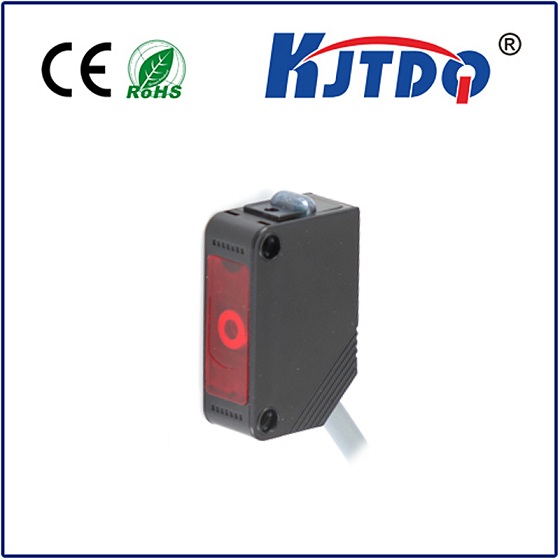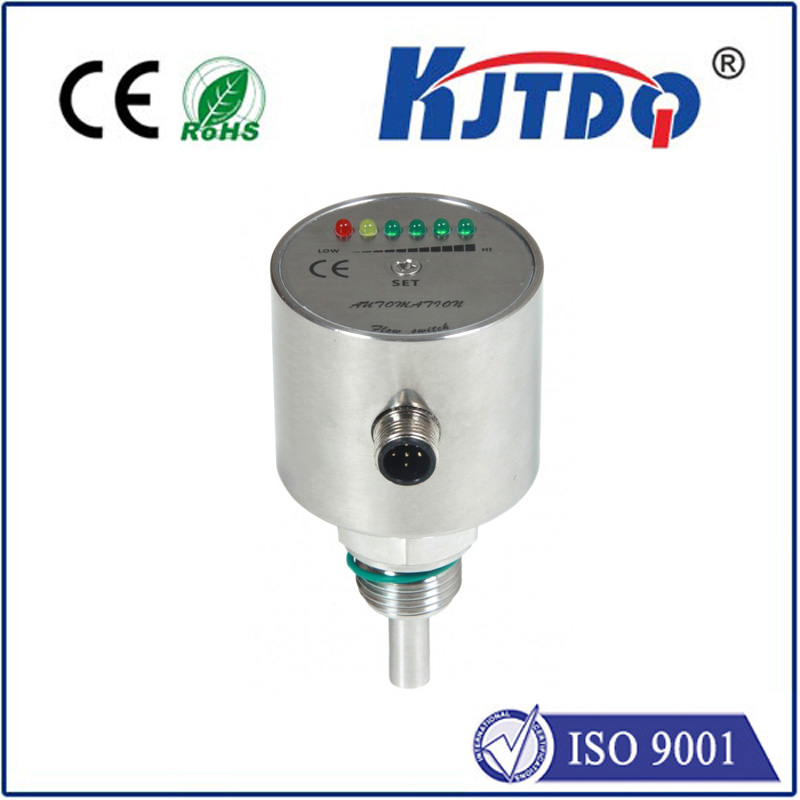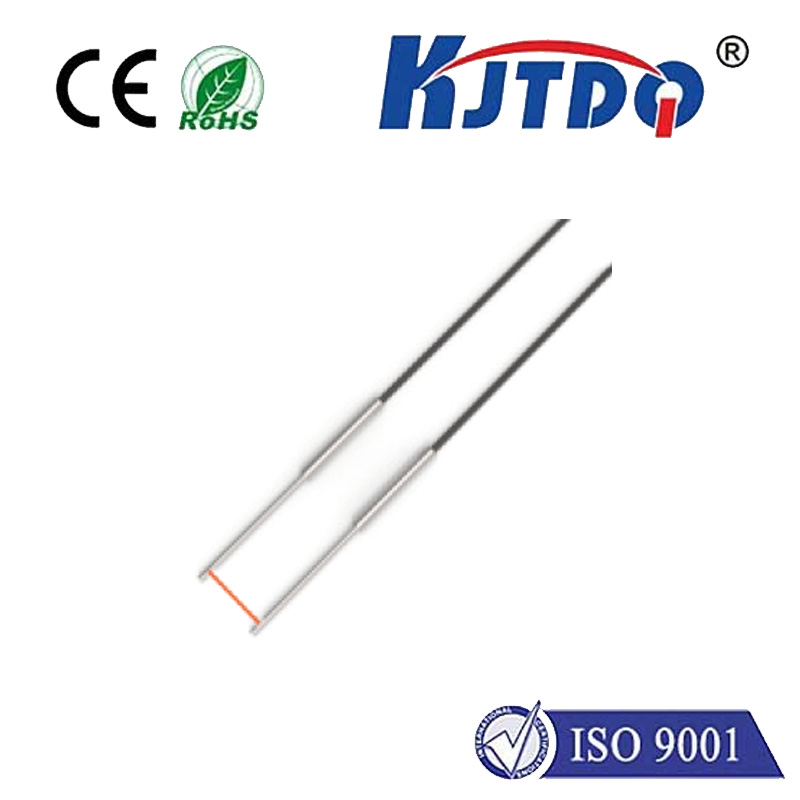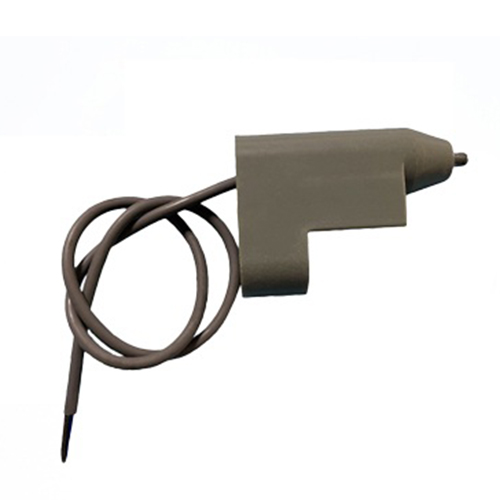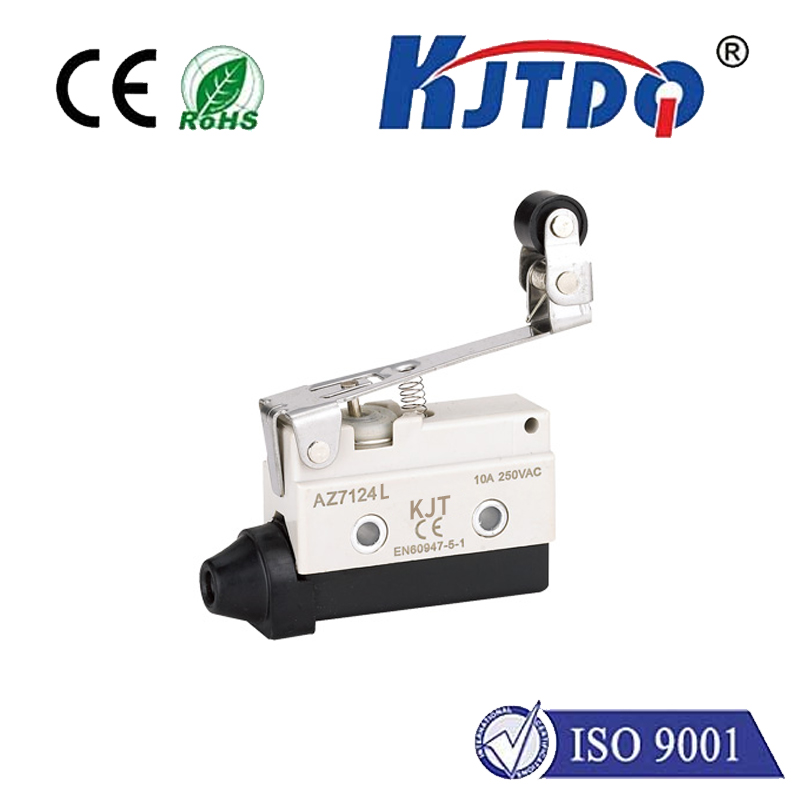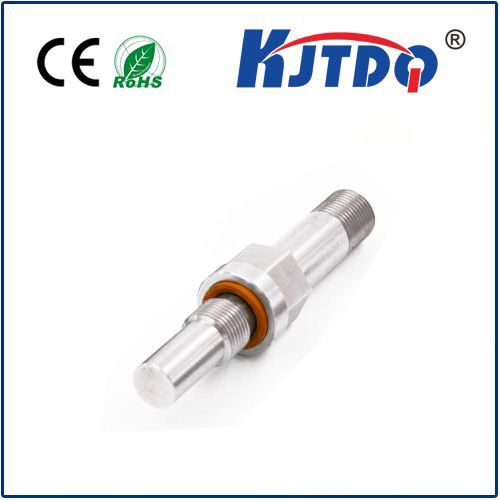Цифровой лазерный датчик CMOS
- time:2025-08-29 01:14:12
- Нажмите:0
The Digital Edge: How CMOS Laser Sensors Are Revolutionizing Precision Measurement
Achieving micrometer precision at high speed, reliably and without contact – how is modern industry pulling this off? The answer increasingly lies with a sophisticated fusion of technologies: the digital CMOS laser sensor. This powerful combination has become a cornerstone for tasks demanding exceptional accuracy, speed, and robustness across diverse sectors, from intricate electronics assembly to massive industrial manufacturing. Understanding its core principles reveals why it’s becoming the preferred choice for critical measurement and inspection.
At its heart, a digital CMOS laser sensor integrates three crucial elements:

- Laser Diode: Generates a highly focused, coherent beam of light. This focused spot provides the reference point for measurement.
- CMOS Imaging Sensor (Receiving Element): Unlike older CCD sensors, the CMOS (Complementary Metal-Oxide-Semiconductor) detector is a modern, highly integrated array of photodiodes. Each diode acts as an individual light-intensity measuring pixel. Crucially, the “digital” aspect refers to the sensor outputting data already in a digital format, ready for direct processing.
- Sophisticated Digital Processing (MCU/DSP): The raw pixel data from the CMOS array is fed into dedicated digital signal processors (DSPs) or microcontrollers (MCUs) running complex algorithms. This is where the magic happens: triangulation calculations, sub-pixel interpolation, filtering, and compensation algorithms work together to convert the light pattern position on the sensor into an incredibly precise distance or displacement reading.
The dominant measurement technique employed by these sensors is optical triangulation. Here’s how it works: The laser beam projects a spot onto the target surface. Light scatters from this spot and is collected by a lens, focusing it onto the CMOS imaging array. The exact position of this focused spot on the CMOS chip shifts depending on the distance between the sensor and the target. The internal digital processor analyzes this position shift with tremendous accuracy, translating it into a highly precise distance value.
Why Choose Digital CMOS Laser Sensors? The Compelling Advantages
The fusion of laser light and digital CMOS technology delivers a set of advantages that outperform traditional measuring methods:
- Exceptional Precision and Resolution: Modern digital CMOS laser sensors achieve micrometer (µm) and even sub-micrometer resolution. Advanced algorithms, particularly sub-pixel interpolation, allow the sensor to determine the light spot’s centroid position with accuracy far finer than the physical size of an individual CMOS pixel.
- High Speed: CMOS sensors are inherently fast to read out. Combined with powerful digital processors, these sensors can output thousands of precise measurements per second (kHz range). This makes them ideal for high-speed production lines and dynamic measurement scenarios.
- Digital Output & Ease of Integration: Outputting data directly in digital formats (USB, Ethernet, RS-232, RS-485, EtherNet/IP, PROFINET, etc.) eliminates noise susceptibility common with analog signals and simplifies direct connection to PLCs, PCs, and industrial networks. Configuration is often done via intuitive software.
- Compact Size and Robustness: CMOS technology allows for highly integrated designs. This results in compact sensor heads that can be easily mounted in confined spaces. They are typically designed to withstand industrial environments, including resistance to vibration, ambient light fluctuations (with appropriate filtering), and electrical noise.
- Non-Contact Measurement: As a fundamental principle, the laser never physically touches the target. This is critical for measuring delicate, soft, hot, fast-moving, or inaccessible surfaces without causing damage or wear.
- Stable Performance: Digital CMOS laser sensors offer excellent long-term stability. They are largely immune to factors that drift analog systems, like temperature changes or power supply variations. Automatic compensation routines often run internally to maintain calibration.
- Flexibility: Models are available for various measuring ranges (from millimeters to meters), spot sizes (fine for edges, larger for rough surfaces), and output options tailored to specific application needs. Some offer unique beam shapes like lines for profile scanning.
Where Precision Meets Practice: Key Applications
The unique capabilities of digital CMOS laser sensors make them indispensable in countless applications demanding high accuracy non-contact measurement:
- Industrial Automation & Robotics: Precise positioning of robotic arms, part presence/absence detection, accurate filling level control, conveyor belt monitoring, weld seam tracking, and automated assembly verification (e.g., component height, coplanarity). Their speed and reliability are vital for maintaining throughput.
- Electronics Manufacturing: Measuring component lead coplanarity, solder paste height/thickness (SPI - Solder Paste Inspection), post-reflow component placement accuracy, PCB warpage detection, and wafer thickness/positioning. The non-contact nature prevents damage to delicate components.
- Quality Control & Metrology: On-line thickness measurement of materials like paper, film, glass, or metal sheets, vibration analysis, surface profile scanning (combined with scanning mechanisms), deformation testing, and part dimensional verification against CAD models.
- Logistics & Material Handling: Palletizing/depalletizing guidance, package dimensioning (volume calculation), conveyor sorting based on height/profile, and automated guided vehicle (AGV) obstacle detection/navigation.
- Automotive: Panel gap measurement, flushness inspection, brake disc thickness monitoring, tire profile checking, and component positioning during assembly.
Selecting the Right Digital CMOS Laser Sensor: Key Considerations
Choosing the optimal sensor requires careful evaluation of your specific needs:
- Measuring Range: The distance over which the sensor must accurately operate. Options vary from very short ranges (
- Resolution & Accuracy: How fine a measurement difference do you need to detect? Clarify the required resolution and overall accuracy specification under your operating conditions.
- Target Surface: How reflective, diffuse, dark, or textured is your target? This significantly impacts performance. Sensors often offer different models optimized for shiny metals, matte black surfaces, transparent materials (glass, plastic), or rough textures.
- Operating Environment: Consider ambient temperature, potential presence of dust, mist, oils, or intense ambient light. Look for appropriate Ingress Protection (IP) ratings and built-in ambient light rejection filters.
- Output Rate & Response Time: How quickly does the measurement need to be taken and output? Ensure the sensor’s frequency meets your process speed requirements.
- Output Interface: Match the sensor’s communication protocol (USB, RS232, EtherNet/IP, IO-Link, analog, etc.) to your control system’s capabilities.
- Spot Size & Shape: Required spot size depends on the feature being measured. Small spots are needed for fine edges or small components, while larger spots or line lasers are better for rough surfaces or profile measurement.
- Mounting Constraints: Ensure the sensor’s physical size and connector orientation fit within the available space.
The integration of laser illumination with highly sensitive digital CMOS image sensors and powerful real-time processing has elevated non-contact displacement measurement to unprecedented levels of speed, accuracy, and reliability. By converting light position into precise digital distance values inherently resistant to noise, digital CMOS laser sensors provide the critical metrology backbone for modern automated processes where precision translates directly into quality, efficiency, and cost savings. From ensuring the flawless assembly of a smartphone to guaranteeing the consistency of rolled steel or the safe operation of autonomous vehicles, these sophisticated sensors are quietly driving the future of automated precision.

